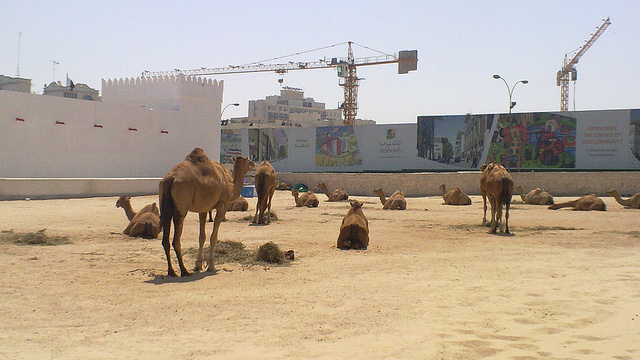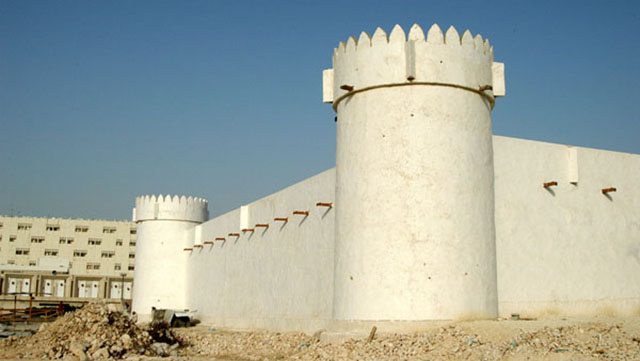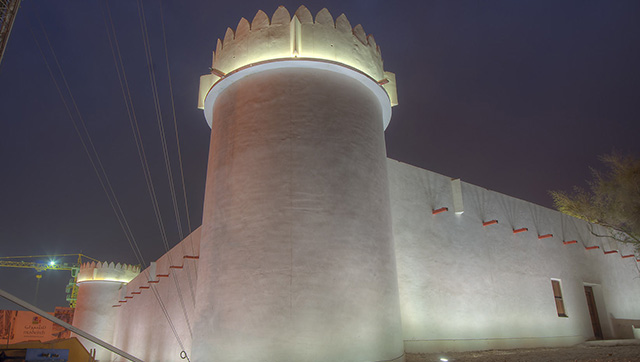Al Koot fort
Deep in the heart of the city of Doha stands Al-Koot fort. Built in 1927 by Sheikh Abdullah bin Qassim Al-Thani, who governed Qatar between 1913 and 1949, the fort was created to protect the nearby Waqif souq from would-be thieves.
The courtyard mosque is one of the massive fort's most interesting features, mostly due to what it is missing: walls and a roof.
Since the mosque was often used by prisoners, its plan had to be modified so guards could keep a watchful eye on them, even during prayers. Despite the lack of physical structure, the 'mehrab' still faces the 'Kaaba' in Mecca.
Al-Koot fort has a square courtyard surrounded on all sides by a high wall. Circular towers are found in three corners and a rectangular one in the fourth. The towers are crowned with traditional Qatari-style battlements and triangular-based ledges with slits called machicolations that guards used to shoot at enemies.
Around the courtyard, a number of doors lead to prison cells. One significantly larger door leads to a high-security, windowless cell that was reserved for the most dangerous criminals.
The north and south sides of the fort have wide 'iwan', which are porticos overlooking the courtyard through square arcades. In the southern portico there is a deep well that was used as a water supply for cleaning.
External stairs on the corners of the courtyard lead to the first floor which consists of a wide promenade. The walls are peppered with groups of gunfire holes, each one angled in a different direction so that soldiers could shoot at enemies attacking from any side.
Planning a visit
The Al-Koot fort is open by appointment. To schedule a visit, call 442 4143. Do not miss a visit to Waqif Souq, where you can find anything and everything. It is located behind Al-Koot fort, on Grand Hammad Street.
UTM coordinates N 25° 17' 12.47" E 51° 31' 52"
Address:
The Al-Koot fort is located in the center of Doha, not far from Al-Corniche and Waqif
souq.













